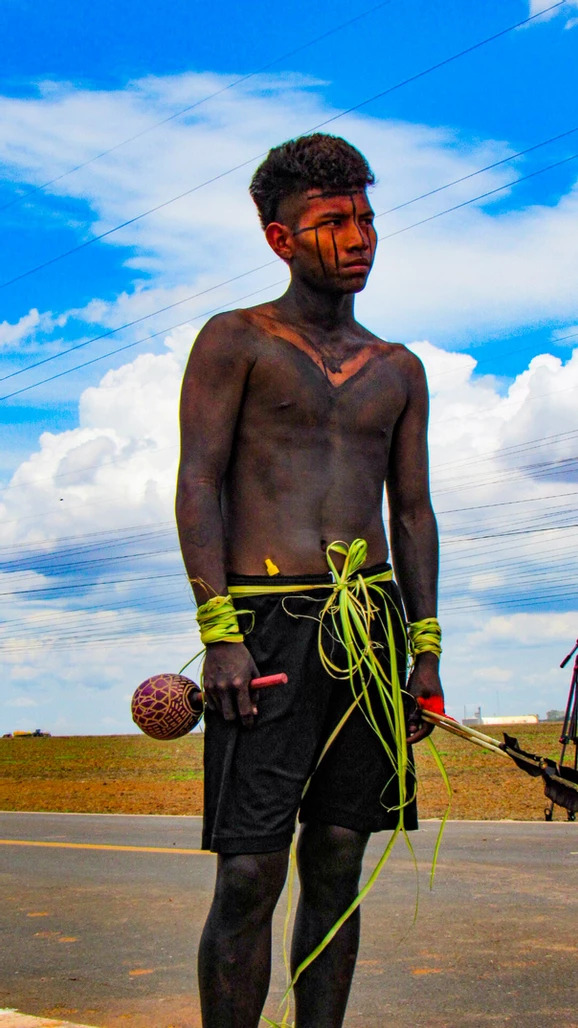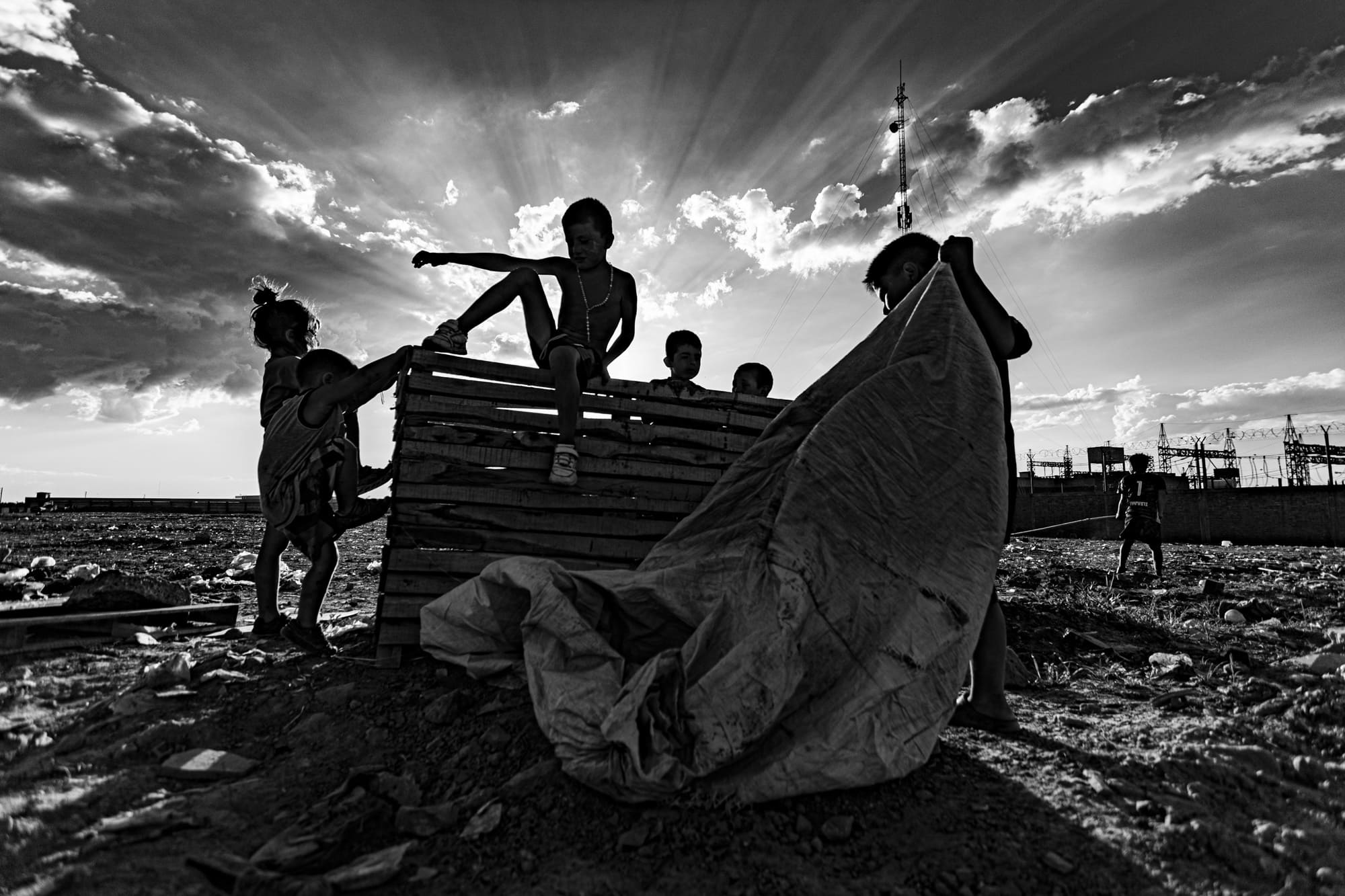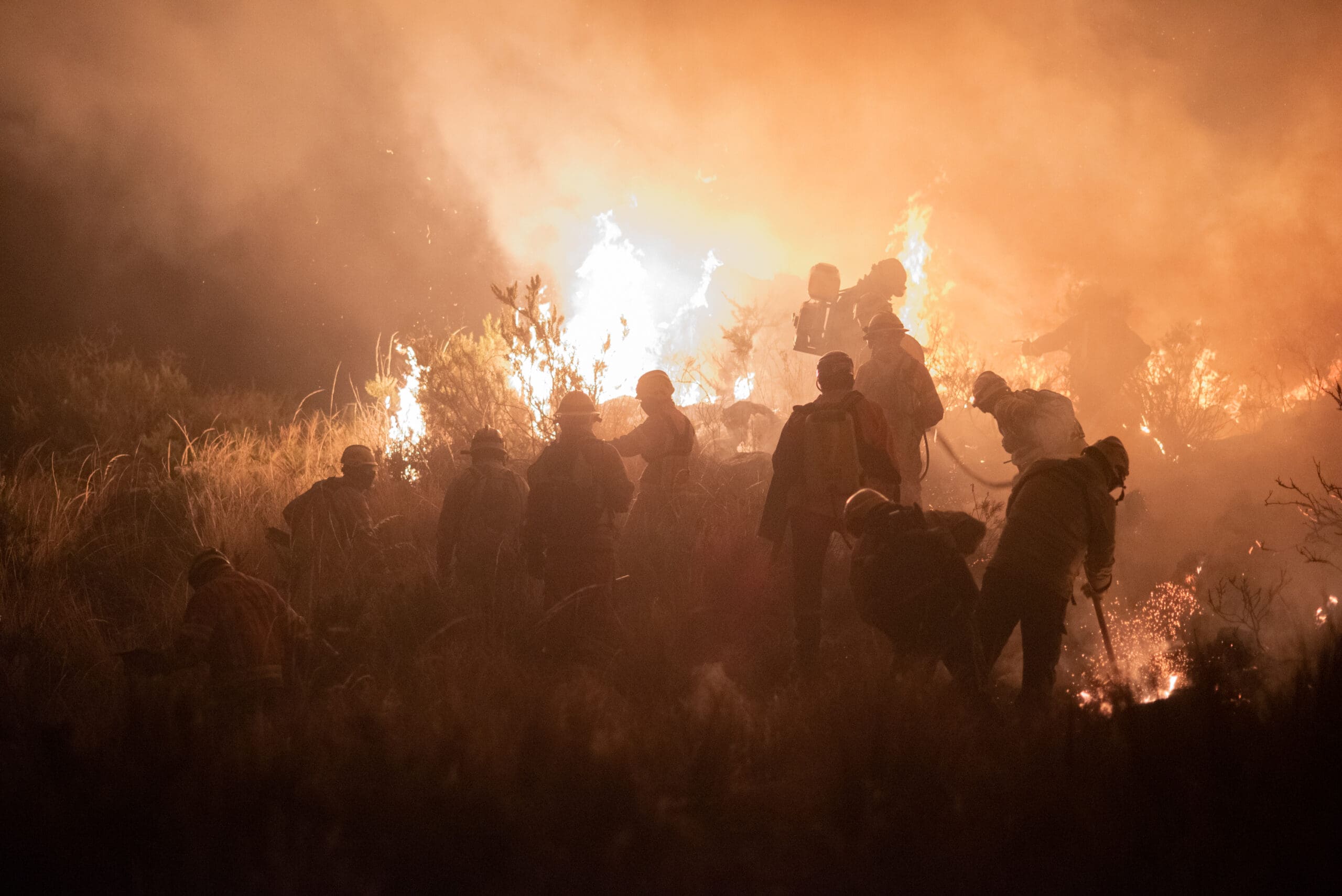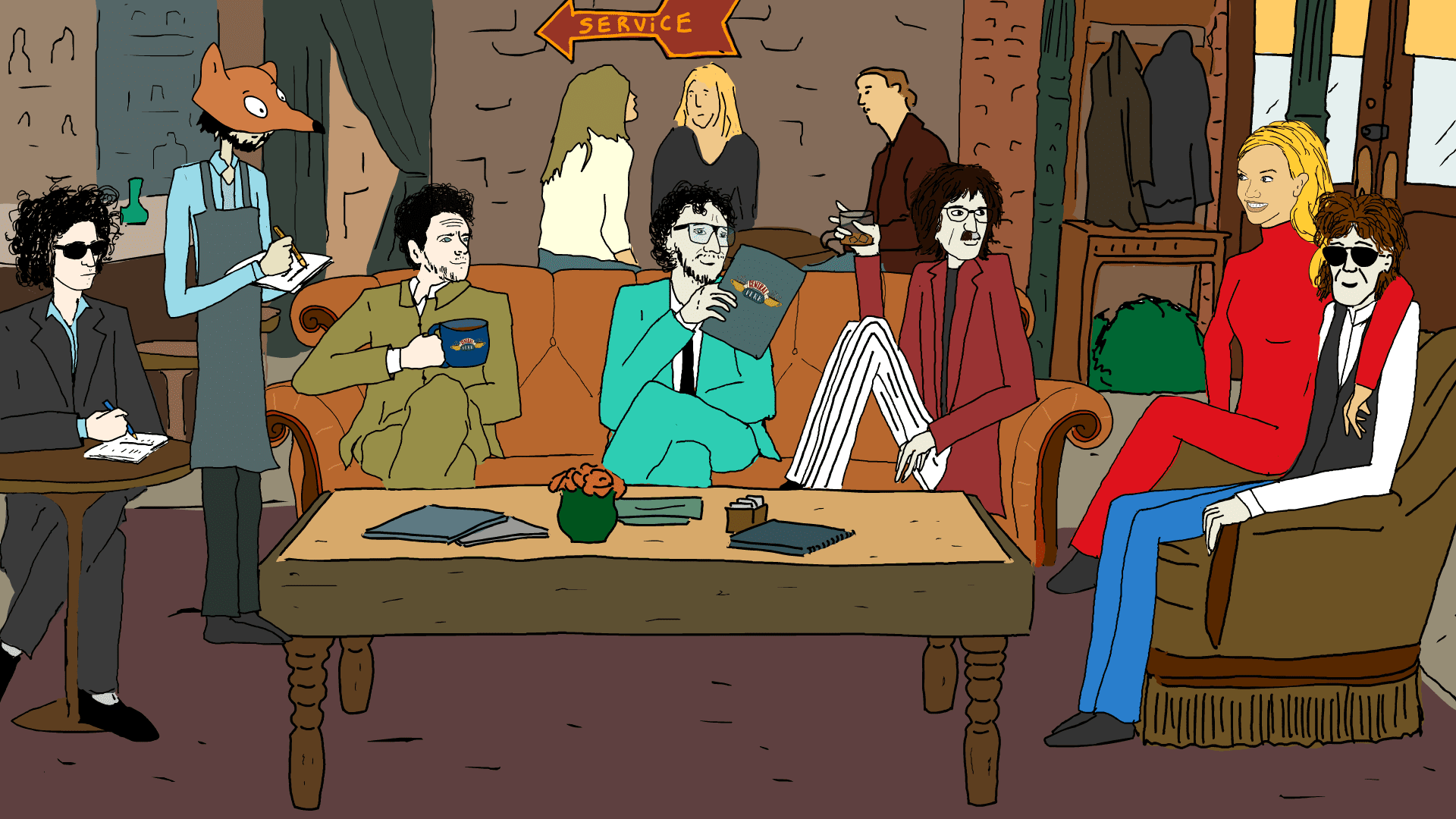“We are not folkloric nor are we carnival costumes. We are real and we are the first settlers of Pindorama, today known as Brazil”. Like this, without preamble, begins one of the posts of Media Índia, an indigenous communication network. “We are the resistance through active voices to talk about our culture and our experiences”, the post on Instagram continues.In that account they already have more than one hundred thousand followers from all over the world.
Midia India is a decentralized network of females and males communicators throughout the vast Brazilian territory that seeks to “occupy networks, demarcate screens and improve technologies to create new strategies of struggle”. They present the idea that moves them in a direct way: white friends, come to know the indigeneous through the indigenous narrative. The goal is that others stop speaking on their behalf , trying to tell who they are, what they think, or what they really want to say with what they supposedly do. Before the possibilities offered by the new technologies (internet, social networks, cellphones) they were only represented in the hegemonic newsletter, especifically in one of the three most concentrated private multimedia in the world.
It was really complicated, because there were no voices and we couldn’t speak as peoples”, Eric Marky says. He is 27 years old, he is an audiovisual communicator and was born in Terena, an indigenous community of Mato Grosso, where the land is not yet demarcated. Is a swamp with low vegetation, where they live from agriculture and handicrafts.
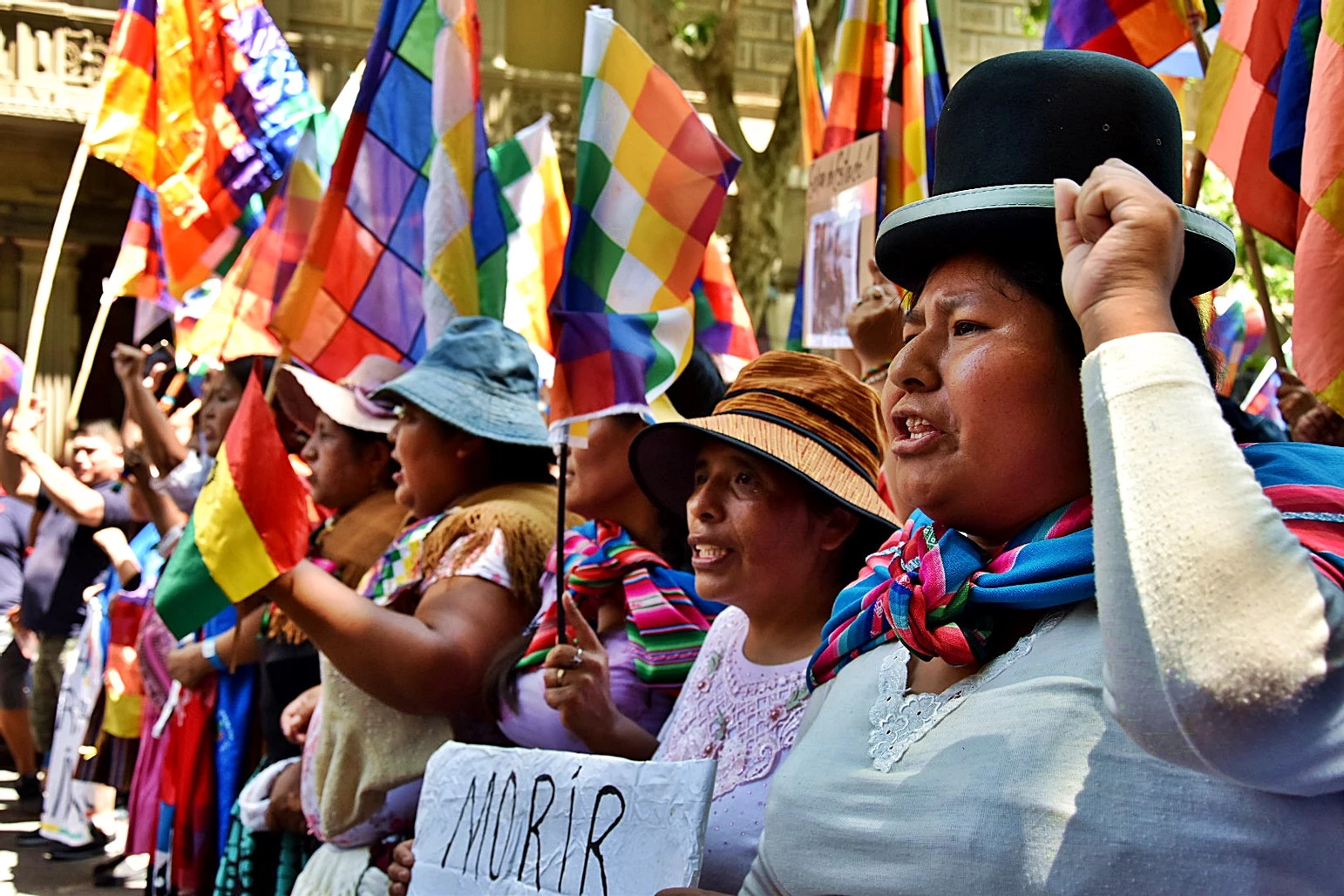
In recent years, Eric has covered the World Climate March in New York, the burns in the Gran Pantanal, the militancy to construct the well-being (buen vivir) and the struggle of indigenous women. With his camera and with enthusiasm, he recounts the steps he takes. Sometimes he does it in first-person. Sometimes, he puts his technical knowledge so that others can tell their stories: “Even a chief was given birth by a woman”, says a lady who has in her ears feather caravans and who participates in the Second Meeting of Terena Women. “We, the women are the ones who command this community: we have to show our strength, we have to demonstrate that we are warriors”, tells another woman, whose hair reaches her knees.
Since March, when the pandemic broke out in South America, Eric has also participated in health missions. “We had to make the pain of mourning our fight, because our strength comes from our ancestry and our elders represent the wisdom of time”they report from Media India. Eric records, in photos, how several towns and even though the State left them “desolated”, they did voluntary quarantines.
The original idea for the Indigenous network, Media India, arose in an audiovisual training in Arariboia in 2015 and the project initiated at 2017, in the largest annual mobilization of the indigenous peoples in Brazil: the Campamento Terra Livre (Free Land Camp).
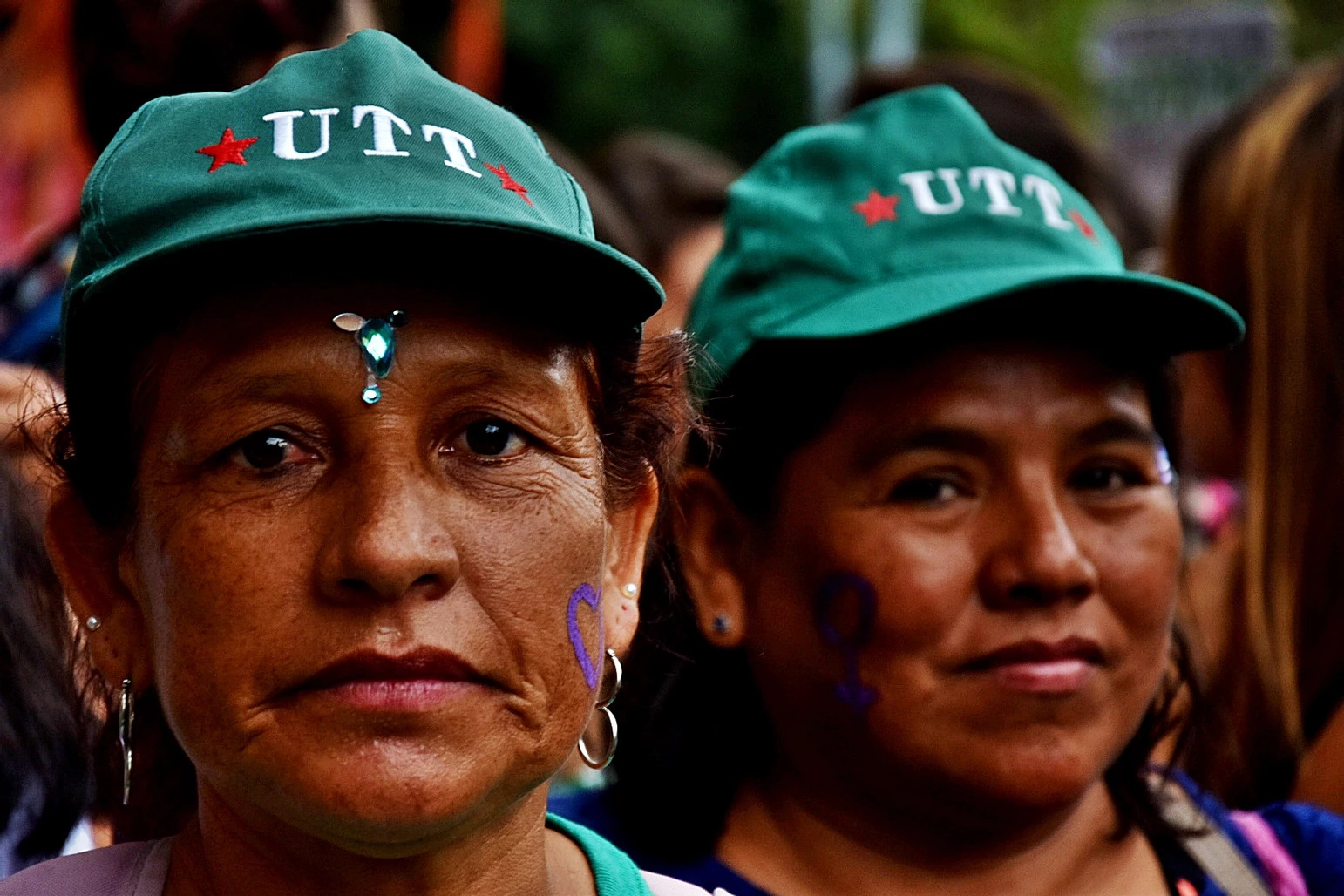
How would you describe the collective?
The power of the indigenous communication is a perfect tool for peoples to speak for themselves. We are one hundred communicators of all Bazilian regions. Now we are covering some fires and stories around the Covid-19. There are a lot of trouble spots that are being told by themselves, without another person telling their history. The indigenous communication media are helping to have more voices against the hegemonic press. The common media does not treat us as we should be treated.
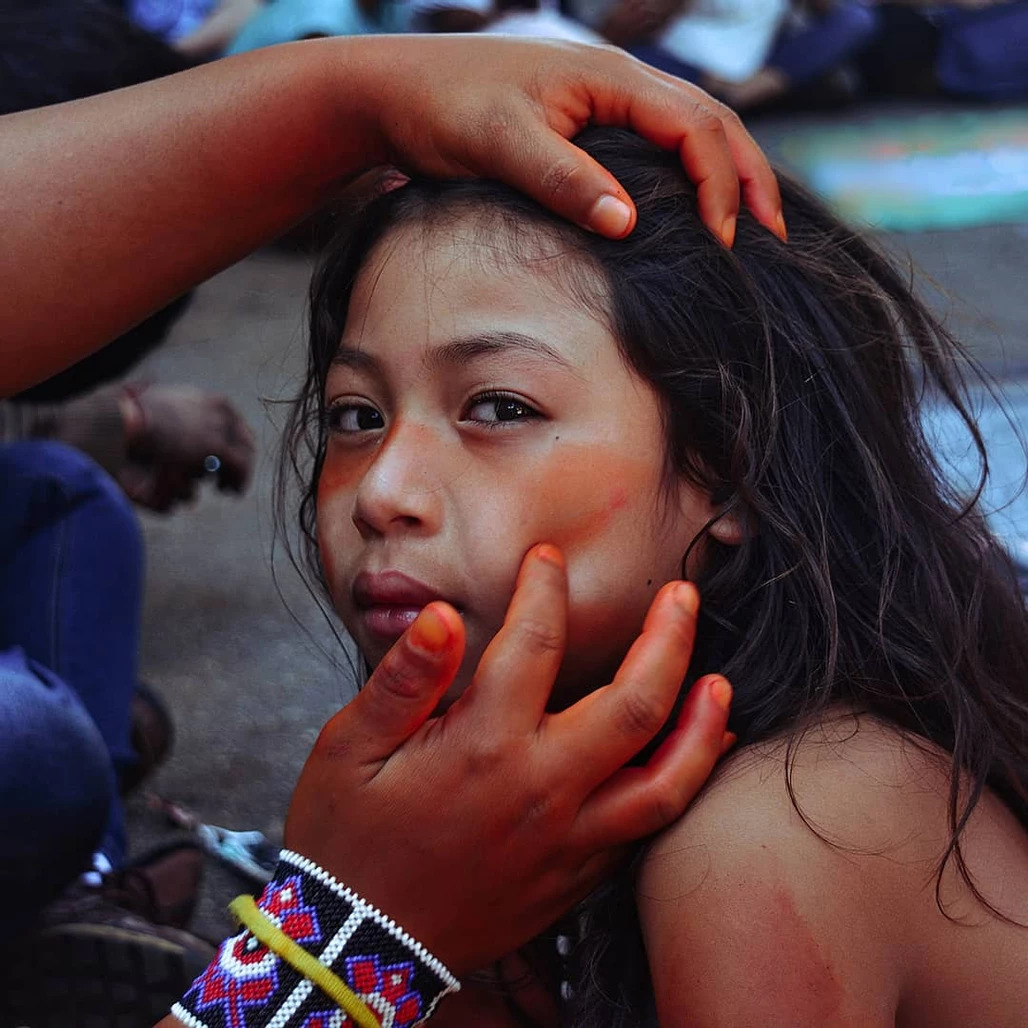
How were you organized?
Since the last five years we did some training and workshops for between ten to twenty people from these indigenous communities. As soon as they finished the workshops they became communicators. For example, I remember that in the Guanayara town we did a meeting with indigenous people and journalists. We also organized some campaigns and events coverages in the nearest towns, about forests. Thus we progressed and began a communication on the internet and the media. We have great visibility on social networks, we are accompanied by young followers, who strengthen us and help us a lot: that is our energy. We grew and we believe we are recognized. It is an important moment.
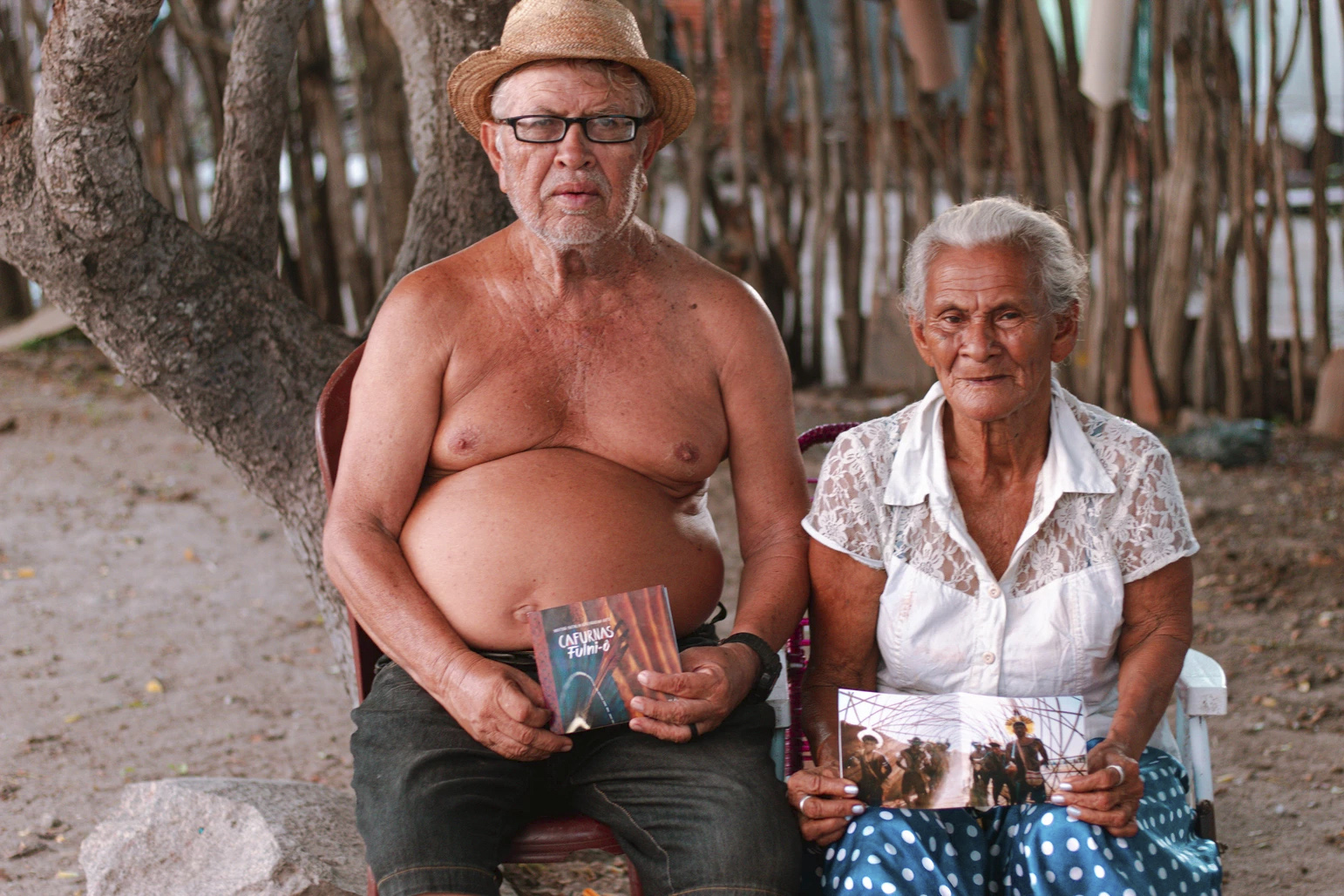
Media Ninja is an independent and self-managed media, that was born in 2011 and which managed to become a reference in Brazil and question the traditional press. How is your relationship with them?
With Media Ninja we share a long-standing militancy. We emerged alongside Media Ninja and we have an association and cooperative bond: they help us to strengthen our network communication and we help them to build a communication around the indigenous peoples. When we met for the first time, in the Terra Livre encounter, we made what each of us knew: some were trained in cinema, others in audiovisuals, and some others have learned in the universities. We experience all with our own skin.
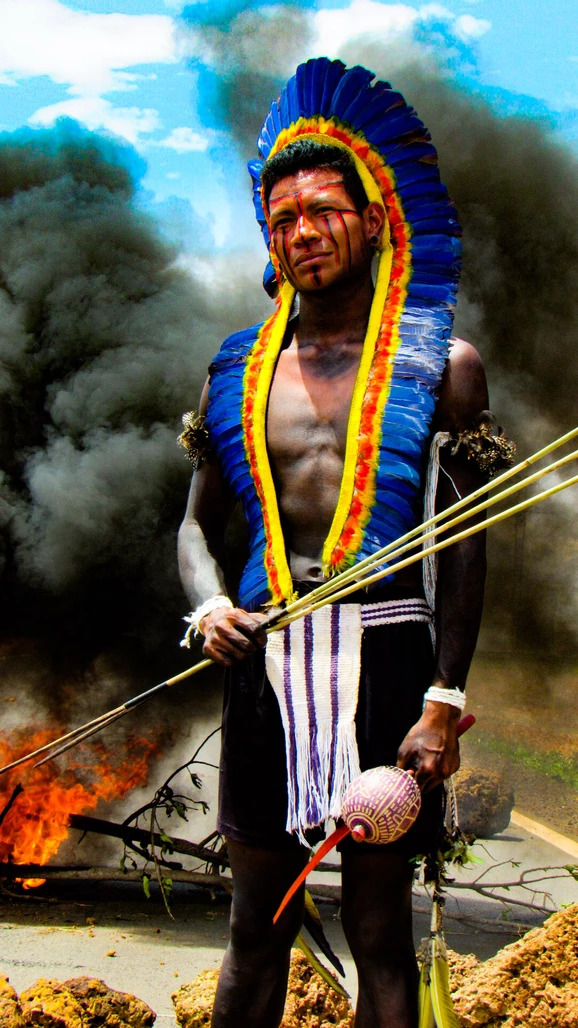
How did you become a communicator?
My family worked in communication for years, my father worked in a radio station in Mato Grosso. I also have a closeness to communication through the films produced in my town. I am a journalist, I studied in the San Bosco Catholic University, an institution close to my town.
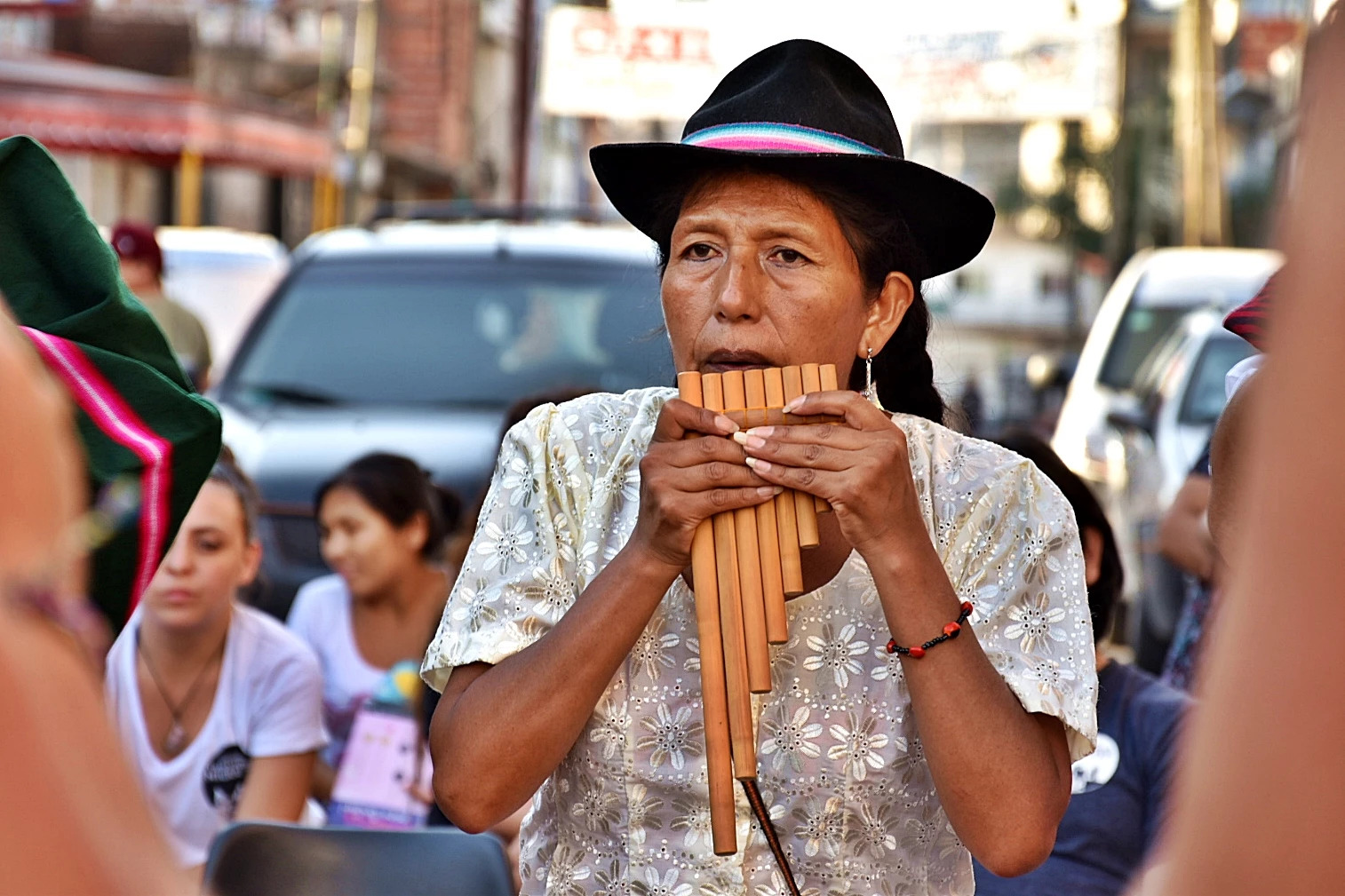
What is communication for you?
It is part of a tradition, and is one of the phases: we have warriors, the agricultural workers, the singers, the religious people and those who communicate. We resist through communication. Before the internet we did it via the local press, such as O Globo. It was very complicated, there were no voices. Now we can talk as peoples.
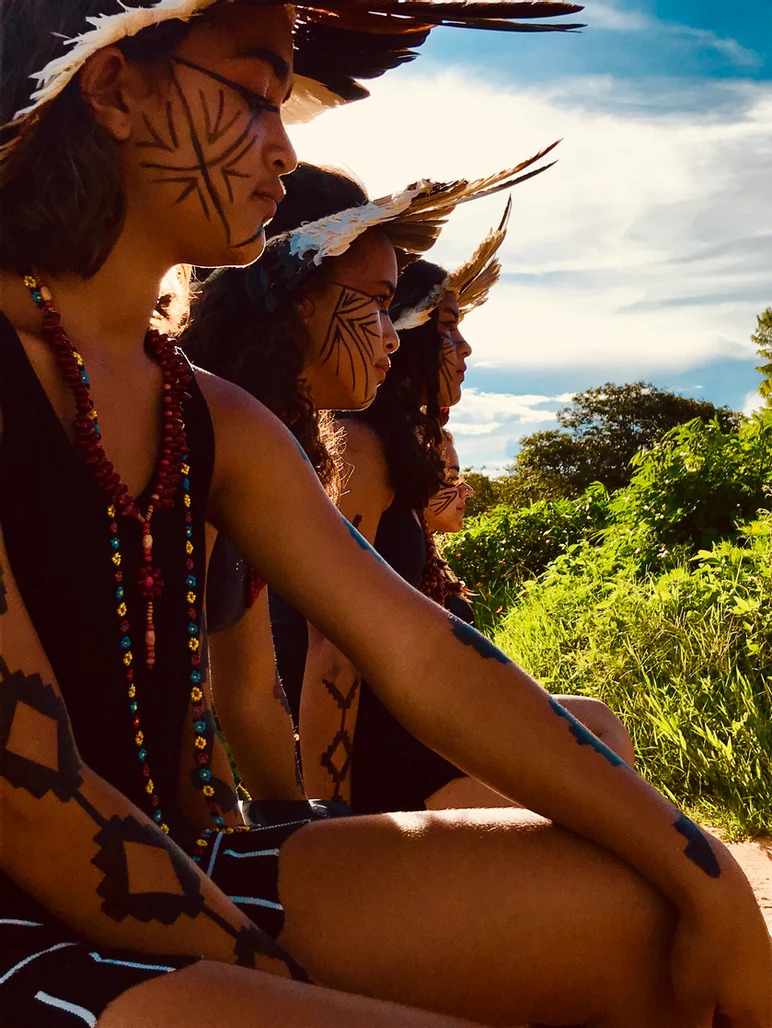
The internet opened many possibilities but not all towns are connected, how do you do in the places where there is still no connectivity?
We make movies or podcasts and we send them pendrives with material so the people can listen and watch. Also when the youngest go to the city to study and graduate, they can connect with the radios or make an exhibition for the community. If, for example, I participate in a meeting and we are invited to do a coverage, then we do an exhibition so that all the people can see it and we generate a file of that so that there is a record. All this is a support for the peoples that are beginning in communication.
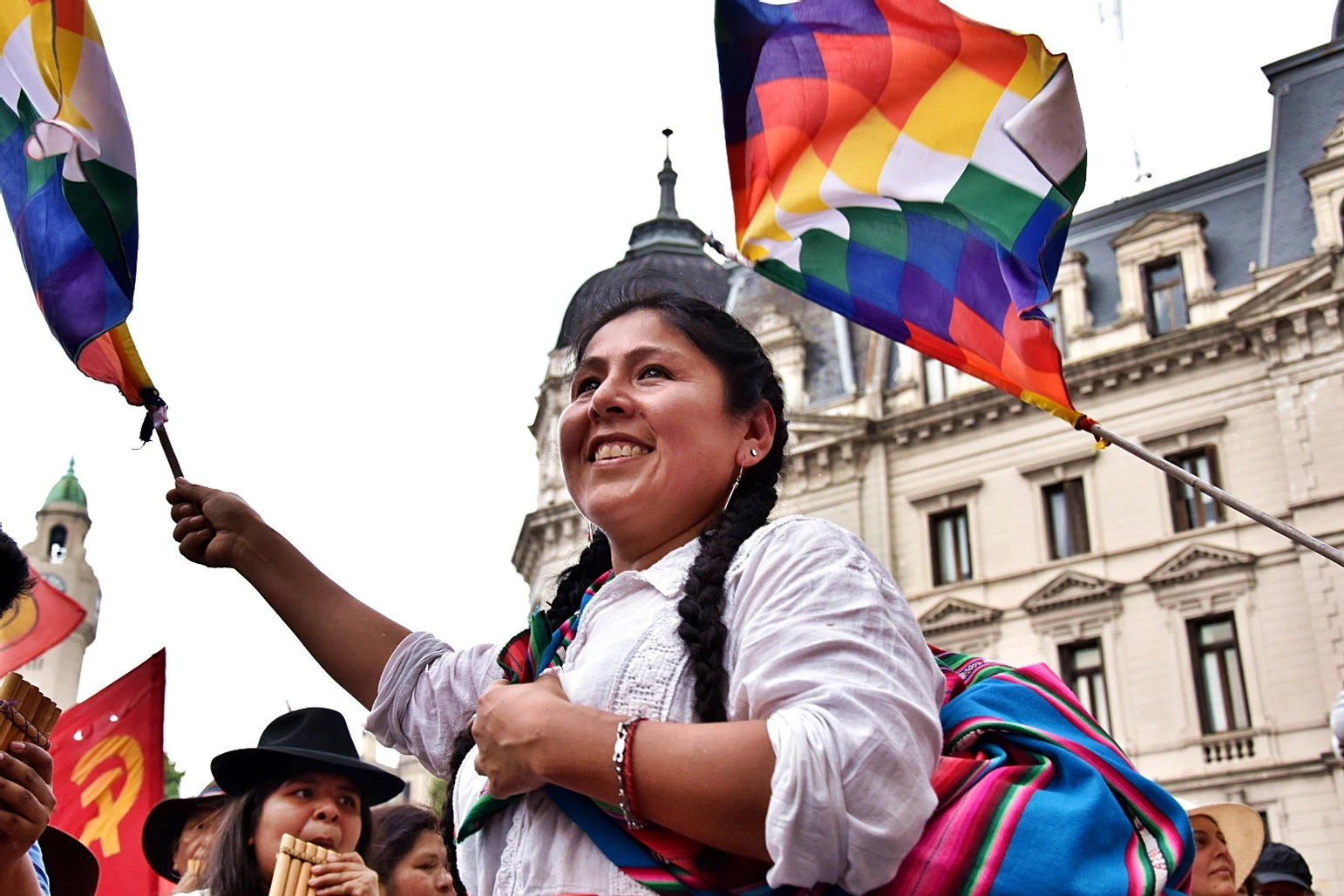
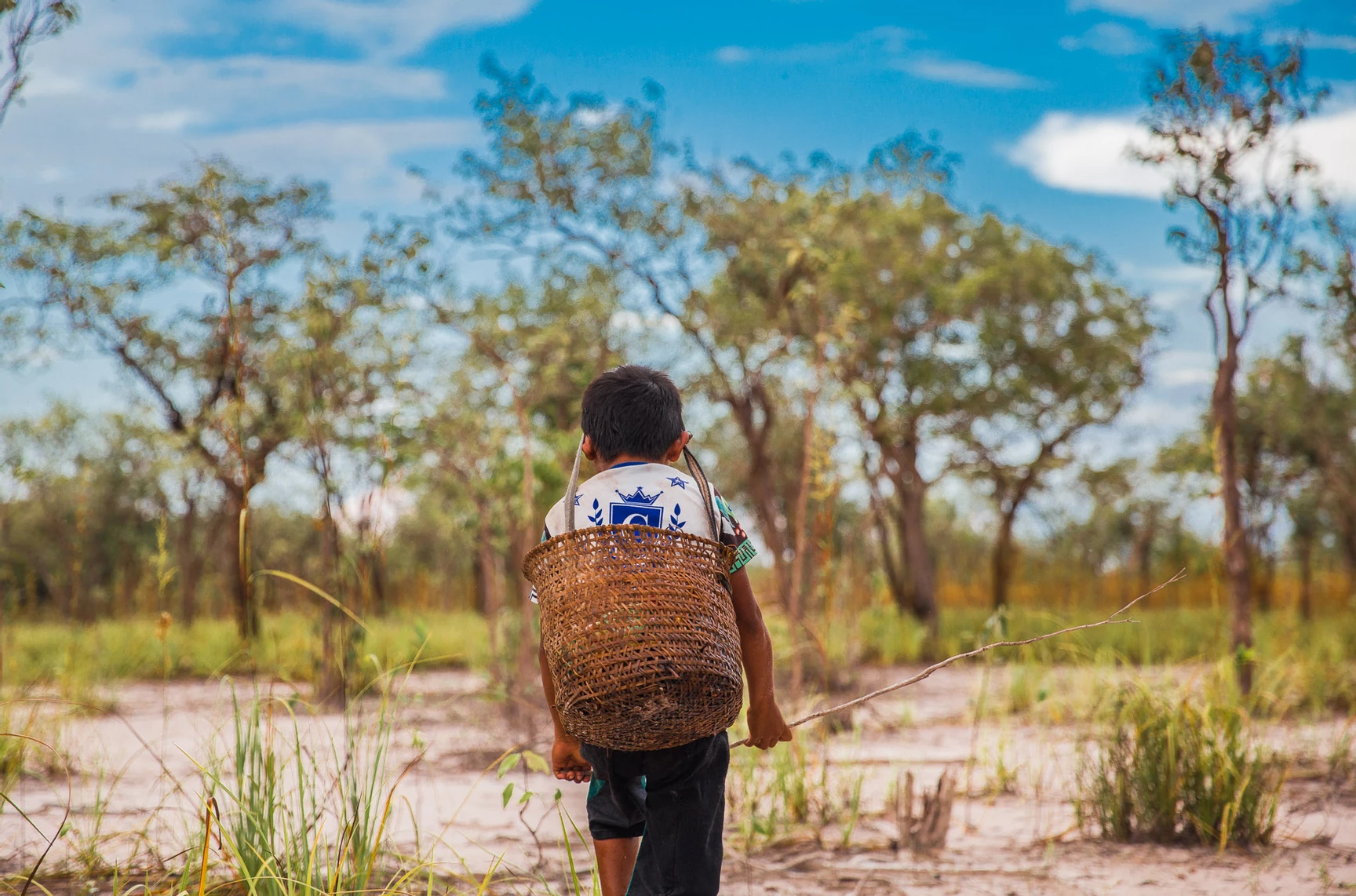
The published photos belong to the Abril Vermelho exhibition.
